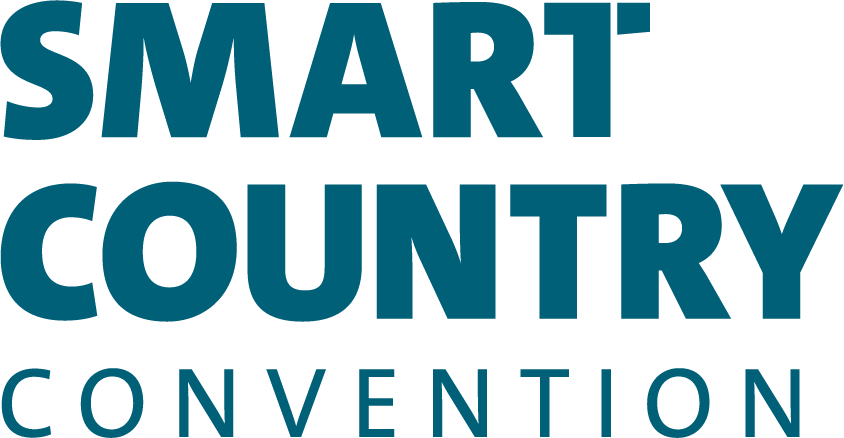TALQ Integrates Further Smart City Features
Published on 2020-04-27
TALQ Integrates Further Smart City Features
The updated TALQ Specification 2.2.0 includes additional functions in the protocol standard
The TALQ Consortium has released and approved a new version of the TALQ Specification, 2.2.0; an updated version of the Certification Test Tool was also released. All the changes and added features are backward compatible with the former 2.1.0 release, guaranteeing reliable interoperability of all certified TALQ-compliant products certified against any TALQ 2 version.
The range of smart city applications in which local authorities are investing is wide. The solutions include outdoor lighting as well as waste, parking and traffic management, E-Mobility, environmental sensors and various other public services. Currently, eighteen products of ten different manufacturers have been certified as TALQ-compliant. All of them target easing investment decisions of cities by enabling interoperability, which in turn fosters competition and allows purchasers of fixed installations to invest in open systems to guarantee future-proof solutions.
To keep the software protocol up-to-date, the Technical Work Group and the Requirements Work Group within the consortium continuously review and expand the functions supported by the protocol. Member companies can suggest and request additional features to be included in the protocol to reflect the functionality offered by their own systems. Version 2.2.0, approved by TALQ Steering Committee, embraces a bundle of new features.
Novel, integrated smart city features
Of the numerous new features that have been added to the Specification, the functions related to smart cities applications are of particular interest. Some of them, for example, provide statistics on the number of vehicles passing on a road, detect changes in asset location or identify and record asset orientation changes. Some others are more related to metering, e.g. filling levels of containers or fluid levels in gullies, lakes, tanks, or wherever. Yet further functions are related to energy and battery levels: monitoring charging and discharging; or managing solar panels such as those used for public transit information, traffic control, public security (CCTV) and many others. All of these additional features are backward compatible with the previous 2.1.0 release.
“The integration of smart city applications in a former pure lighting standard has become reality and shows the significance of the TALQ protocol as a future-proof global standard. But other interesting capabilities have also been added to the Certification Tool, for example, supporting multiple profiles in one certified product and a new command line version of the tool, which eases the its integration in a CI/CD software development system” explains José Sanchis, Chairman of the Certification Work Group.
Version 2.2.0 is now the new official TALQ version.
back to all news



